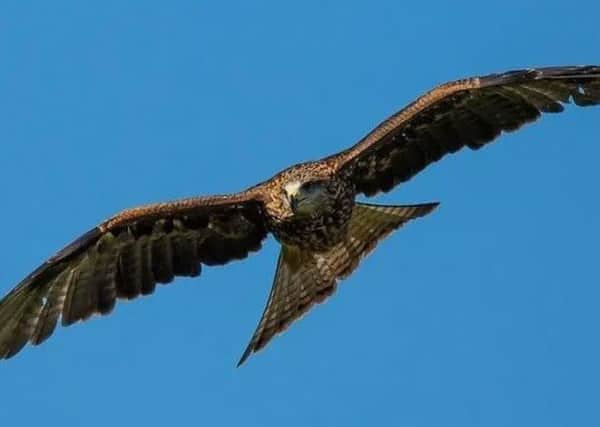Peak District birds of prey project is '˜failing', say wildlife experts


The report from the Peak District Bird of Prey Initiative confirmed that only three pairs of peregrine successfully raised young, goshawks continue to be absent from the Dark Peak and two out of four hen harrier chicks went missing in 2018.
The scheme was set up seven years ago as a collaboration between the Peak District National Park Authority, Natural England, National Trust and the Moorland Association, with support from raptor groups and land managers.
Advertisement
Hide AdAdvertisement
Hide AdBut, in seven years it has made ‘little impact’, say the Trust. Dr Jo Smith, CEO at Derbyshire Wildlife Trust, said: “I’m deeply concerned that despite the initiative and all the efforts the partners are doing to address the issues of persecution, nothing has changed.
“Our idea of success is not three breeding pairs of peregrines and we can’t even celebrate the success of four hen harrier chicks because two have already gone missing under suspicious circumstances.
“Our uplands should be bursting with wildlife, people should be able to enjoy seeing birds of prey every time they visit. It’s not good enough.”
In January 2018, the RSPB pulled out of the initiative citing ‘continued failures’ in turning around the fortunes of birds of prey in the Peak District.
Advertisement
Hide AdNational Park chief executive, Sarah Fowler. said: “This most recent season has seen an improvement in the breeding results of some raptor species including peregrine, within the moorlands of the Peak District National Park after a notably poor year in 2017.
Advertisement
Hide Ad“In parallel there has been a welcome increase in the number of gamekeepers and estates engaging positively with the Bird of Prey Initiative.
“However, 2018 was still fairly typical of the seven year period of the Initiative and numbers remain well below the targets set based on populations in the late 1990s.
“I am particularly saddened that the hard work of the 2018 season was overshadowed by a report of a seemingly senseless attack on a red kite in the Peak District uplands this summer, two incidents concerning owl species in the autumn, and the disappearance of a satellite-tracked juvenile hen harrier within the National Park from the only nest of hen harriers recorded in the Peak District this year.
Advertisement
Hide Ad“In recent weeks, it has also been confirmed that another satellite-tagged hen harrier from this nest – two of the four birds fledged – has now also disappeared within the uplands of the North York Moors National Park. Whilst a number of scenarios remain possible for the loss of these tracked birds, initial investigations suggest that illegal wildlife crime activity cannot be ruled out.
“Any loss of birds of prey through deliberate and criminal activity has no place in our National Parks in the 21st century.
Advertisement
Hide Ad“We will continue to work with police wildlife crime teams - including through the recently announced Countryside Watch Initiative in Derbyshire - and alongside our partners to deliver the year-on-year increase in birds of prey that the Peak District National Park deserves.”